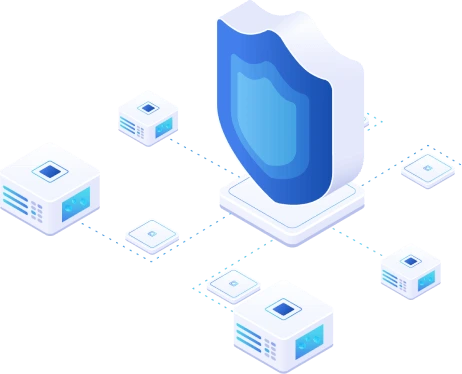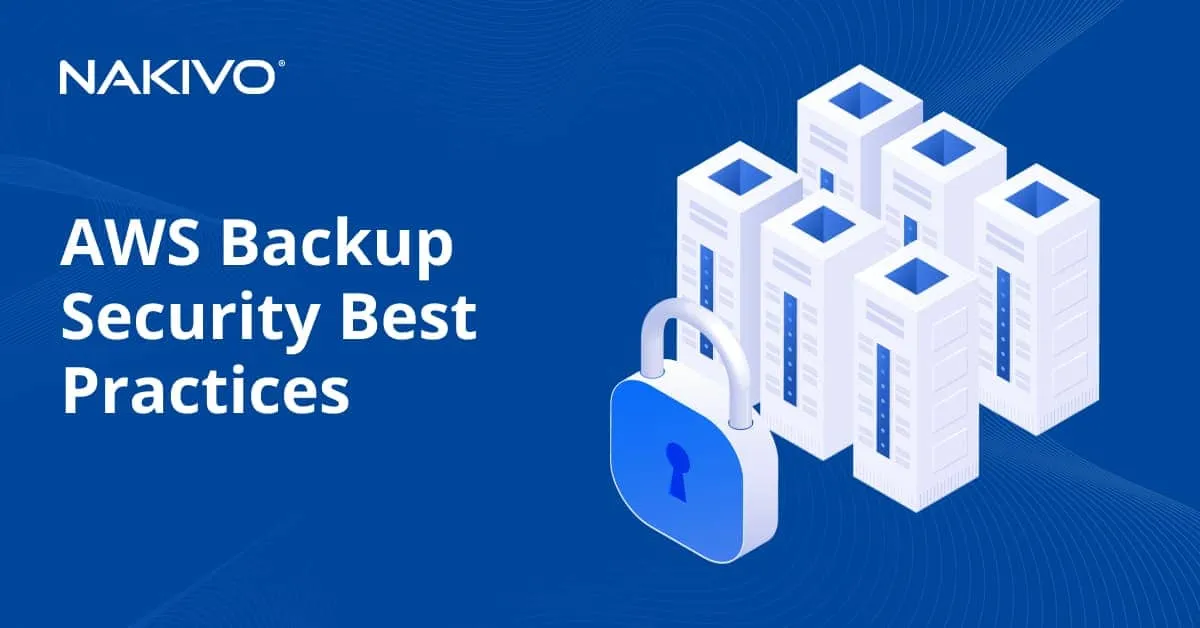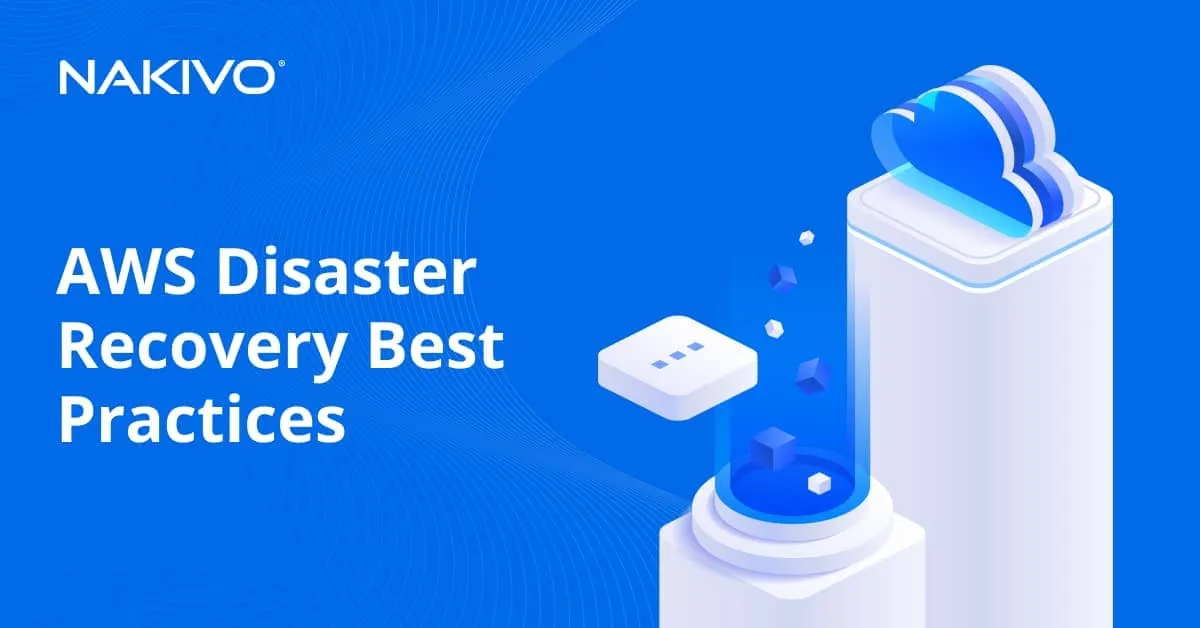Cloud Repatriation: Benefits and Challenges
In 2023, the number of organizations relying on public cloud storage and computing services is growing as the move to cloud trend continues. However, many organizations are also moving their data back to their datacenters from the cloud, which is giving rise to a reverse cloud migration trend.
Despite the public cloud advantages, there are benefits of using an on-premises infrastructure or relying on a local datacenter. This blog post covers cloud repatriation benefits, reasons, examples, and possible challenges.
What Is Cloud Repatriation
Cloud repatriation is the process of moving data, applications, or workloads from the cloud back to your own infrastructure. The infrastructure can be an on-premises infrastructure, including physical servers in your own datacenter or a rented rack/pod in a datacenter of a provider. In this case, you can use a private cloud and virtualization technologies on the physical servers.
Public cloud services have their advantages, and many organizations are still choosing to move to cloud. However, cloud migration should happen based on a strategy with clear goals and an understanding of the disadvantages. Migrating to the public cloud from local servers is no magic bullet. That’s why some organizations are using cloud repatriation to revert the process.
The main idea behind this is gaining independence from public cloud providers. This process can be considered as reverse cloud migration and may be driven by cost considerations, data security and compliance needs, performance issues, or a desire for vendor flexibility. It allows organizations to regain control, address security concerns, and optimize their IT resources.
Notable stats and trends
The IDC’s Repatriation of Workloads survey confirms the cloud repatriation trend across organizations. Nearly half of the respondents confirmed that migration to the cloud did not meet their expectations, mainly due to higher costs and increased spending.
Cloud Repatriation Examples
The most prominent cloud repatriation examples include:
- HEY, which provides email and other services on the internet, used to run two popular public cloud providers before cloud repatriation.
- Dropbox is a company providing storage services that allow users to store files on the internet. This cloud-based file hosting service announced in 2016 that it was migrating its data storage infrastructure away from the public cloud and building its own in-house infrastructure. Dropbox built its own object storage in the company’s datacenters. The company cited cost savings, performance improvements, and the ability to customize its infrastructure as reasons for the repatriation.
- TapJoy partially left a public cloud and uses a private cloud together with a public cloud, which is a balanced (hybrid) approach for them.
- HPE prefers to use a hybrid approach when leaving a public cloud to combine all the innovations that can enhance its operations.
- Park ‘N Fly moved a part of their data from a public cloud to their physical servers in a local environment (self-hosted data centers).
- Ahrefs prefers to use its own physical servers to save costs instead of using public cloud computing.
Why Organizations Are Resorting to Cloud Repatriation
Migration to the cloud is not a simple process. Achieving great results just after copying data and running workloads in a public cloud can be challenging. This migration approach is usually called “lift and shift” and can lead to unexpected issues. In most cases, applications should be optimized for running in the cloud infrastructure, taking into account used resources, dependencies, and cloud payment models.
The main reasons for cloud repatriation are:
- Cost optimization. Cloud costs can sometimes become unpredictable or higher than expected due to factors like data egress fees, storage costs, or fluctuating usage patterns. Payment models in the cloud can be complex and confusing, which can result in unexpected costs. Repatriating certain workloads allows organizations to gain better control over costs and optimize their IT spending.
- Performance and latency considerations. Certain applications or workloads may require low latency or high-performance capabilities that cannot be fully achieved in the cloud due to network connectivity or shared resources. Cloud repatriation of such workloads to on-premises infrastructure can improve performance and reduce latency.
- Vendor flexibility and avoidance of lock-in. Cloud repatriation enables organizations to avoid being locked into a single cloud provider. They can adopt a multi-cloud or hybrid cloud strategy, utilizing the strengths of different providers and maintaining flexibility in choosing the most suitable cloud environment for specific workloads or applications.
- Data security and compliance. Industries with strict regulatory requirements or data privacy concerns may prefer to have direct control over their data by repatriating it from the cloud. This ensures compliance with regulations and provides a higher level of security. Some organizations decide that they don’t want to store their private data in the public cloud and start cloud repatriation.
- Reducing dependency on external factors. By repatriating workloads, organizations reduce their reliance on external factors such as network connectivity, cloud service availability, or changes in cloud provider pricing or policies. This increased control can help mitigate potential risks associated with service disruptions, vendor changes, or other external factors that may impact business operations.
- Avoiding limited customization and control. Public cloud environments may have limitations on customization and control due to shared infrastructure and standardized configurations. Some organizations may require specialized hardware, software, or specific configurations that are not readily available in the public cloud. By repatriating workloads, organizations gain greater control and customization options to meet their unique requirements.
Alternatives to Public Cloud
When considering alternatives to the public cloud as a destination for cloud repatriation, organizations have a few options to explore:
- On-premises infrastructure. One alternative is to bring workloads back to a traditional on-premises environment. This involves setting up and managing physical servers, storage systems, and networking infrastructure within the organization’s own data centers. It offers complete control over resources but can require substantial upfront investments and ongoing maintenance costs.
- Private cloud. Organizations can build a private cloud infrastructure, either on-premises or hosted by a third-party provider. Private clouds offer similar benefits to the public cloud, such as scalability and self-service provisioning, but with dedicated resources exclusively for the organization’s use. This option provides greater control and security while maintaining the cloud’s flexibility and automation capabilities.
- Hybrid cloud. A hybrid cloud approach combines both public and private cloud resources. Organizations can repatriate certain workloads or sensitive data to their private cloud or on-premises infrastructure while still using the public cloud for other applications or services. Hybrid clouds provide a balance between the control, security, scalability, and cost-effectiveness of the public cloud.
Choosing an alternative to the public cloud depends on various factors, including the specific requirements, budget, control needs, and the resources available within the organization. Evaluating the repatriation benefits and drawbacks of each option can help determine the most appropriate path for cloud repatriation.
Challenges of Cloud Repatriation
Cloud repatriation can present several challenges for organizations in different categories.
Data transfer and migration
Data transfer. Moving large volumes of data from the cloud back to on-premises infrastructure or a different cloud provider can be time-consuming and resource-intensive. Ensuring a smooth and efficient data transfer process while minimizing downtime and disruption to operations can be challenging.
Migration complexity. The process of migrating workloads from the cloud back to on-premises or a different cloud provider can also be complex and time-consuming. It requires careful planning, testing, and coordination to ensure a smooth transition without disruption to business operations. The complexity of migrating applications, data, and configurations can vary depending on the specific workloads involved, making it essential to have a well-defined migration strategy.
Repatriation costs
When it comes to costs and migration, cloud repatriation can present the following challenges in terms of costs:
Cost implications. Moving workloads from the public cloud back to the on-premises infrastructure or a different cloud provider may come with its own set of costs. This includes investments in hardware, software licenses, infrastructure setup, and ongoing maintenance. Organizations need to carefully evaluate the total repatriation costs, including both upfront and ongoing expenses, to determine if it aligns with their budget and financial goals.
Data transfer and egress fees. Transferring large volumes of data from the cloud can incur significant network egress charges, especially if there are data transfer limits or fees associated with data movement. These costs can increase quickly and impact the overall cost-effectiveness of cloud repatriation. Organizations need to consider the potential expenses involved in data transfer and negotiate with cloud providers to minimize costs.
Cloud Repatriation Benefits
The advantages of cloud repatriation are related to the reasons for repatriation:
- Cost optimization
- Enhanced data security and control
- Performance and latency improvements
- Vendor flexibility and avoidance of lock-in
- Improved customization and specialized infrastructure
- Reduced dependency on external factors
How Does Repatriation Affect Data Protection?
After performing cloud repatriation by migrating data and workloads to local physical servers, you should adjust your data protection strategy to adapt to the new environment. With data no longer residing in the cloud, you need to reassess your data backup and disaster recovery strategies. This may involve implementing new backup systems, replication processes, or offsite storage solutions to ensure data protection and business continuity in case of a disaster.
Types of data to protect
Your backup solution must support backing up the needed types of data from the public cloud and on-premises servers. This approach should be used until you finish cloud repatriation and migrate all needed data from the public cloud to on-premises (local) servers. Don’t leave your data without regular backups. If you decide on keeping some data and workloads in the cloud after a partial cloud repatriation (using on-premises servers and leaving some workloads in the cloud), your data protection solution must support backup from physical servers in the local datacenter and public cloud as well.
Examples of items to back up in a local datacenter are physical Linux or Windows servers, virtual machines (VMware VMs, Hyper-V VMs), databases, file shares, and physical computers of users, etc. Examples of items to back up in the cloud are virtual machines (such as Amazon EC2 instances), cloud storage (Amazon S3, Microsoft 365 OneDrive), etc.
Backup data storage options
To reduce the risks of data loss, select multiple backup targets to store backups. You can diversify backup targets by storing backups on-premises, in the private cloud, and in the public cloud. Your backup solution must support all these destination locations to implement this data protection strategy after cloud repatriation.
Security measures
You have more control over implementing security measures after cloud repatriation. You may need to enhance your security protocols, encryption methods, access controls, and monitoring mechanisms to align with the new environment. This may involve investing in security technologies, conducting vulnerability assessments, and implementing robust security practices.
Data governance and access controls
Repatriating data may require you to re-evaluate your data governance framework and access controls. You may need to define data ownership, establish data classification and handling policies, and ensure proper access controls are in place to protect sensitive information. This includes implementing authentication mechanisms, role-based access controls, and data encryption where necessary.
Monitoring and incident response
With data residing on-premises or in a private cloud, you need to establish monitoring mechanisms and incident response measures to detect and respond to security incidents effectively. This includes implementing intrusion detection systems, log monitoring, and incident response plans to ensure timely identification, containment, and mitigation of any security breaches.
Protecting Data in the Cloud and On-Premises with NAKIVO
NAKIVO Backup & Replication is a flexible data protection solution that adapts to your changing infrastructure requirements with the support of different sources to back up. The NAKIVO solution can protect:
- Amazon EC2 instances in the AWS public cloud
- Microsoft 365
- Physical Linux and Windows servers and workstations
- VMware VMs and Hyper-V VMs
- File shares
- Oracle databases
The NAKIVO solution supports the following targets (destination locations) to store backups:
- Amazon EC2, Amazon S3
- Azure Blob Storage
- Local backup repositories on any physical and virtual machine
- S3-compatible storage
- SMB and NFS file shares
- Tape storage
You can protect your backup data in flight or at rest using built-in security features, such as:
- Encryption when transferring data
- Data encryption in a backup repository
- CA certificate support
- Immutable backups
- Pre-recovery backup malware scans
NAKIVO Backup & Replication is a flexible and secure solution that is optimal for use in case of cloud repatriation. The product can protect data in the public cloud and in local datacenters with the support of different source types and destination locations for data protection with enhanced security. See the comprehensive list of features included in the NAKIVO solution, download the free trial version, and protect your data.





